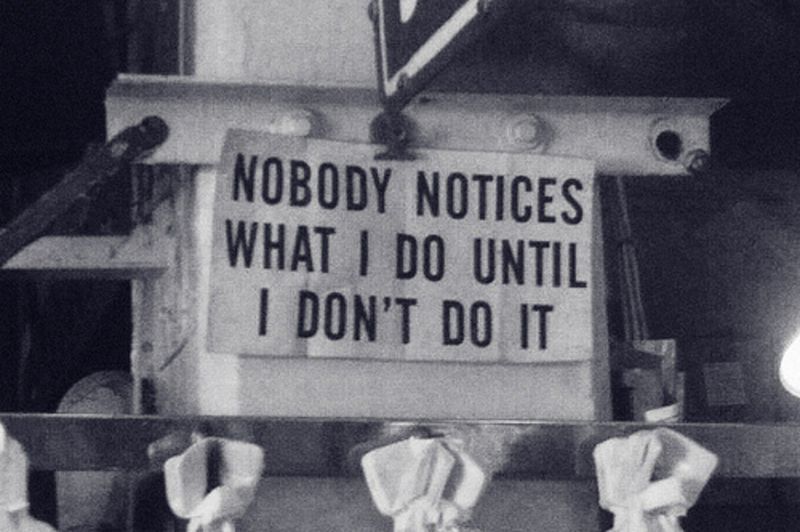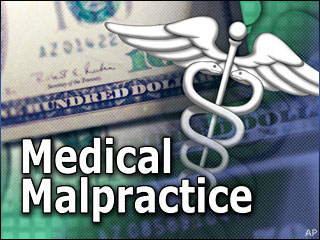What You Need To Know About Rhinoplasty
It’s said God created man in his own image, but each man isn’t the same. While some might have light eyes, others might have dark hair; while some might have a flawless complexion, others might have the most perfect features.
However, there are a rare few people who are happy with the way they look. As a matter of fact, if you talk to a hundred random people on the streets, at least 90 of them will tell you there’s something about their face or body they don’t like.
One common problem you’ll get to hear a lot is about the nose. Most people are unhappy about their nose – either its size or its shape.
While most people are aware correction of the nose is possible. What most people are not aware of is the first “nose job” was described in medical writings dating back to 2500BC.
Today, however, rhinoplasty has become an exclusive branch of cosmetic surgery. It’s not just celebrities who are opting for it, but even the man and woman on the street.
What Exactly is a Rhinoplasty?
Commonly known as a nose job, rhinoplasty is a surgical procedure that allows the surgeon to change the shape of the nose or improve or increase the functionality. Here are the things that can be corrected via rhinoplasty:
- Improve the shape of the nose to create a better facial balance
- Correct the width of the bridge
- Correct the position of the nostrils
- Rectify humps or depressions on the bridge of the nose
- Improve the structure of the nasal tip
- Ensure proper symmetry for nostrils and size of the nostrils
- Improve breathing
- Rectify nasal injuries or birth defects
Who all can get a Rhinoplasty?
Even though you might not be very happy with your nose, you might not be an ideal candidate for a rhinoplasty. You will be considered an ideal candidate if:
- You’ve reached the age where your face is completely developed.
- You’re physically healthy.
- You don’t smoke or drink too much.
- You are mentally prepared with realistic goals in mind.
How do you Decide Whether you should Undergo Rhinoplasty?
The minute you start considering a nose job, the first thing you need to do is read up a little on the topic. With the internet to assist you, finding information shouldn’t be too tough.
One part of your research should be about finding the right surgeon. Once you’ve done that, you need to set up an appointment.
At your first sit down with the surgeon, you need to tell them very clearly what you’re expecting and how you want your nose changed.
Your surgeon will take this meeting as an opportunity to evaluate your nasal structure as well as your facial features. They’ll also check your health status and make sure there are no medical risks involved.
They will then talk to you about
- How the procedure will be done,
- How much time you’ll need to recover and
- Of course, what the possible risks are.
After having understood all these details, you can decide whether you want to go ahead with the procedure or not.
What Steps entail the Rhinoplasty Procedure?
In most cases, you’ll not need to stay at the hospital for more than a few hours, because rhinoplasty is an outpatient procedure.
Main Steps of the Rhinoplasty Surgery:
- Anesthesia – You’ll be given anesthesia, which could vary between local or general or you might even be administered intravenous sedation. This is a decision the doctor will be able to make best.
- Incision – Based on the examination that the surgeon would have completed beforehand, they will choose where and how to make the incisions. While in certain cases, the incision is made inside the nose, in others, the cut will be made between the nostrils. These incisions will allow the surgeon to raise the skin and cartilages and complete the reshaping procedure.
- Reshaping – If the nose is too big, the surgeon might remove a few pieces of the bone or cartilage to reduce the size or in case the nose is too small, additional grafts made using cartilage will be needed. In most cases, the cartilage from the septum is used for the additional grafts, but in rare cases, it might be taken from the ear or the ribs.
- Correction – In case there is a problem with the septum, this would be the time when those corrections would be rectified. If the surgery is being done for improving breathing, then this would be the time to make sure the same is done.
- Closure – Once the structure has been altered and the corrections are done, the nasal tissue and skin will be redraped and the incisions will be closed. Splints might be placed and the area will be covered with bandages to help with the healing.
What is the Recovery Procedure?
For the first week post-surgery, you will be asked to wear a nasal splint, which will help with the healing process. There will be some amount of swelling and bruising around the nose.
The same might be visible near the eyes too. In most cases, the swelling subsides after about three days, but in rare cases, it might be visible for up to two weeks.
You’ll be asked to avoid strenuous activity for about three to six weeks. You should be able to return to more sedentary activities within two weeks.
However, it will take close to six months for your final results to become completely visible.
What are the possible risks?
As is with any surgery, there is always the chance of something going wrong and things are not too different with rhinoplasty. Some of the most common risks include:
- Anesthesia complications
- Infection
- Pain or numbness
- Improper healing
- Scars
- Perforation in the septum
- Breathing trouble
- Need for revisional surgery
So, if you’re unhappy with the way your nose looks or having trouble with your breathing, rhinoplasty might be a good option for you. It’s imperative you weigh in all the pros and cons, before rushing to your nearest clinic or hospital.
In addition, you also need to remember that in most scenarios, rhinoplasty will not be covered under medical insurance, bringing the financial factor into the picture as well.






